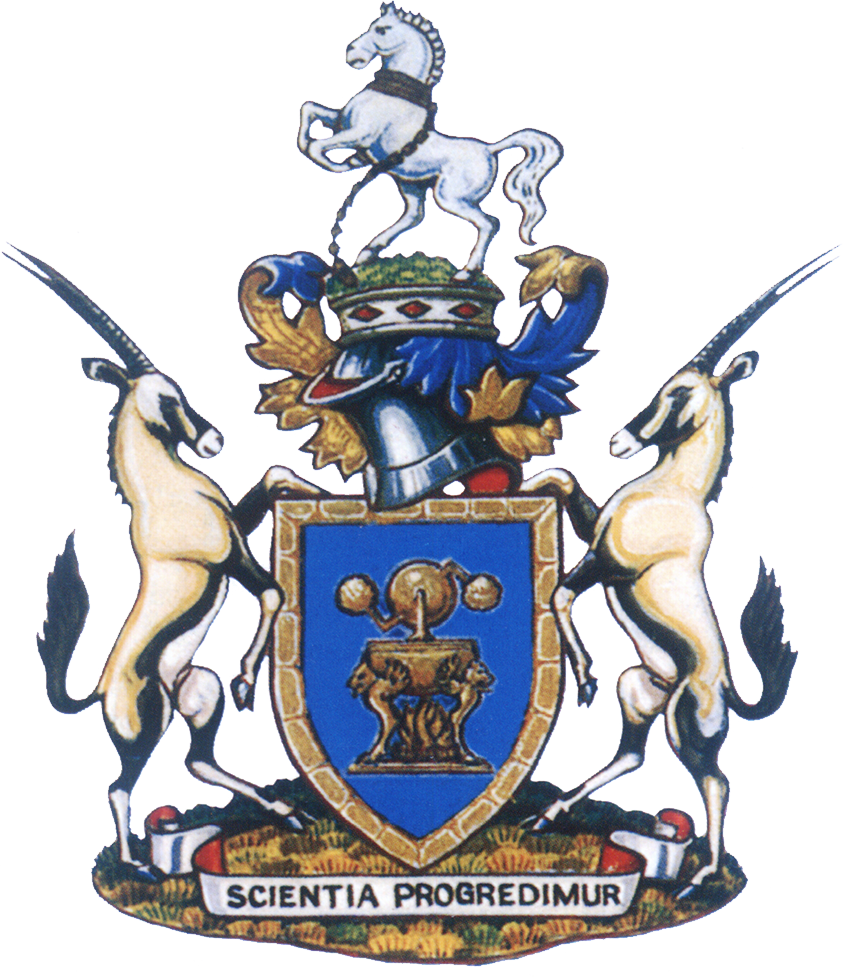Information for school learners and students
A career in mechanical and mechatronics engineering is one of the most interesting careers to follow as it involves a tremendous variety of fields and activities.
Mechanical Engineering is concerned with the design, development, installation, operation
and maintenance of just about anything that has movable parts. It involves the production, transmission, and
use of mechanical power.
Mechatronics engineering is a combination of computer engineering, mechanic engineering and electronic engineering. This type of engineering focuses on both mechanical and electrical systems and may incorporate the use of computer systems, robotics, control systems, electronics and telecommunications
Mechanical and mechatronics engineers work in various industries and some job opportunities within these
industries include:
- Design: turning plans into new products or
revising existing ones.
- Production: planning and designing new production processes; maintaining equipment
- Research
and development: continually trying to find solutions to engineering problems,
using new technologies when they become available.
Other
fields of specialisation include (but not limited to):
| Air conditioning | Heat transfer | Power generation |
| Automobile | Heating and ventilation | Process design |
| Aircraft | Hydraulics | Product design |
| Applied mechanics | Instrumentation | Machine design |
| Automation | Machine tools | Pumping equipment |
| Bio-medical | Materials handling | Refrigeration |
| Fluid mechanics | Mining | Steam turbines |
| Gas turbines | Nuclear | Transportation |
This
list underlies the tremendous opportunities open to the Mechanical and Mechatronics Engineer
today.
Mechanical and Mechatronics Engineers utilise energy and raw materials together with machines and systems
to create the products and materials on which the economy depends. Most of the
moving man-made objects that you see around you, as well as those in factories
and mines, are the product of mechanical engineering.
Mechanical and mechatronics engineers design, develop and build
engines that produce power from steam, petrol, nuclear fuels, and other sources
of energy. They also develop and build a wide variety of machines that
use power, including heating and ventilation equipment; cars; machine tools;
and industrial-processing equipment. They’re involved in every phase in
the development of a machine, from the construction of an experimental model to
the installation of the finished machine and the training of the workers who
use it.
Many mechanical and mechatronics engineers concentrate on research and development
because new types of machinery are continually in demand. Mechanical
and mechatronics engineers are involved in almost every other discipline of engineering.

Visit the STEMulator world, an interactive exploration platform designed to ignite a spark of curiosity in young minds!
The STEMulator is an interactive digital landscape that stimulates learner curiosity in the STEM (Science, Technology, Engineering and Mathematics) world by providing a highly interactive knowledge portal and exploration environment, crammed with animated and visual educational content, which entices audience behaviour through curiosity and fun.
Explore.Discover.Learn |
Personal attributes of a Mechanical and Mechatronics Engineer
A mechanical and mechatronics engineer needs to independently apply mature engineering judgments throughout decision-making with engineering problems. They need to apply engineering principles on alternative methods of mechanical and mechatronics engineering applications, as well as principles of quality and professional engineering standards. They also need to have the analytical ability for effective and appropriate engineering solutions to problems.
They should be a self motivated person with initiative to lead. They need to be able to write clearly, concisely and effectively with technical reports. They must be able to use technical and economic criteria in reaching effective technical solutions.
Training - Universities
The Professional Engineer
To become a Professional Engineer, it is necessary to attend a university to take the four year degree of Bachelor of Science in Engineering in the discipline of Mechanical or Mechatronics Engineering. This is followed by a three year training period of postgraduate employment in industry after which they can apply for registration as a Professional Engineer with the Engineering Council of South Africa. Those wishing to study Mechanical or Mechatronics Engineering at a university should in general, be in possession of a school-leaving certificate with matriculation exemption with above average marks in mathematics and physical science at higher grade.
The following universities offer degrees in Mechanical Engineering:
Training – Universities of Technology
The Professional Engineering Technician
For those students who prefer a more practical orientated training, the schools of mechanical and mechatronics engineering at the various universities of technology offer courses leading to a National Diploma: Engineering: Mechanical or Mechatronics. After a three-year post-qualification employment period, the candidate may apply for registration as a Professional Engineering Technician with the Engineering Council of South Africa.
The Professional Engineering Technologist
After obtaining a National Diploma, the graduate may continue their studies for a further one-year to complete the B-Tech Degree. After a three-year post qualification employment period, the trainee may apply for registration as a Professional Engineering Technologist with the Engineering Council of South Africa. Subjects studied are similar to those of university study, however, emphasis is less theoretical and more on the application of technology. Those wishing to study at a university of technology require a senior certificate or equivalent with above average passes in mathematics and physical science. However, other conditions of entrance can apply and prospective students not having these qualifications should apply to the university of technology of their choice for further details. The following universities of technology offer courses in Mechanical Engineering:
History of Mechanical Engineering
Mechanical
engineering as a profession began in the eighteenth century with the advent of
the Industrial Revolution when mechanical devices began to replace human or
animal labour. The mechanical engineer, in collaboration with colleagues from
the other disciplines, has been instrumental in the development of power
generation, transport systems, space exploration, human comfort devices
(air-conditioning etc), mining equipment and mechanical replacement parts for
the human body.
'There are dreamers; there are doers; and then there are both.
We call those people engineers.'
.png)


.png)